How do you tell if gold is real, gold plated, or fake? By most international standards, anything with less than 41.7% or 10 karats of gold is considered fake. At first sight, it’s difficult to tell the difference between real and fake gold. As a result, fraudulent vendors have an easy time duping customers into purchasing counterfeit products.
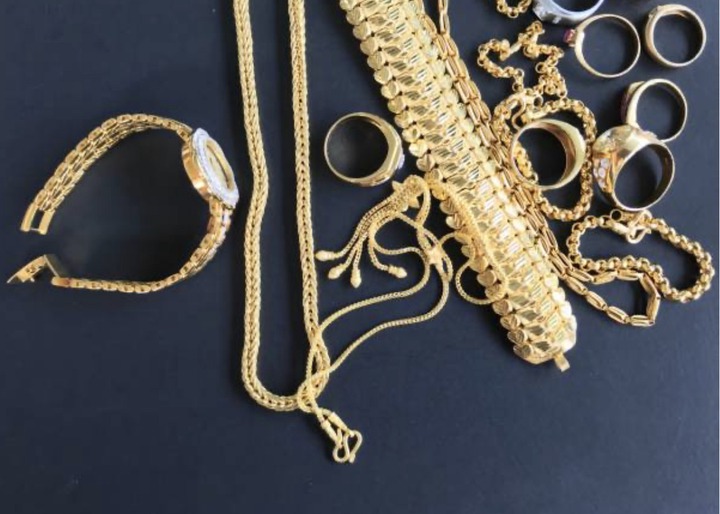
Image Credit: istockphoto
This article will give you basic tips and pointers to quickly identify fake gold and differentiate it from the real thing. According to Wikihow, There are number of ways to distinguish between real gold and fake gold.
Drop the Gold Into a Jug of Water to See if it Sinks
Fill a container at least half-full with water, plenty to cover your gold item with some to spare. Gently drop your gold item into the water. Real gold is a heavy metal and will not float, so if your gold item floats you know it is not real gold. Also, if you notice rust or tarnishing on the item after being in water, this is also a sign it is not real gold since gold doesn’t rust or tarnish.
Find Any Noticeable Discolorations Where the Gold Has Worn Away
Gold is pretty soft for a metal, so plated gold often rubs away over time. The best places to check are around the edges of jewelry and coins. These spots often rub up against your skin and clothing throughout the day. If you see a different metal underneath the gold, you know your item is plated and not considered real gold.
Vinegar Test
The vinegar test is a quick and easy test. You only need a dropper or glass container. You’ll also need some white vinegar.
To use the dropper, follow these steps. First, secure your dropper and fill it with white vinegar. Next, hold your gold in your hand or set it on a flat surface with a paper towel underneath to prevent messes. Third, place a few drops of vinegar onto your gold.
If the vinegar drops change the gold color, it is not pure gold. If the color does not vary, it is pure gold.
If you’re using a glass bowl or cup, fill it with white vinegar. Let the gold sit in the vinegar for about 15 minutes. Remove the gold piece and rinse it. If the gold is real, it will shine. If the gold is fake, it will change color.
Look for Bluish or Greenish Tint on Your Skin
One of the easiest methods of testing gold purity is the Skin Discoloration Test. Real gold won’t ‘stain’ or discolor your skin. However, if you are wearing fake gold jewelry or handle fake gold bullion, your skin will discolor.
Just hold your gold item in your hand for a couple of minutes. If it’s fake gold, the sweat on your skin will create a chemical reaction with the metal. Your skin will react by discoloring to black or green color. This is because your skin is reacting with the other alloy metals, not the gold. If it’s genuine gold, it won’t react with your skin.
Hold a Strong Magnet up to See if the Gold Sticks to it
For this test, you need a strong magnet capable of pulling even metal blends.
Now, to test your jewelry, simply touch it with the magnet. Pure gold will not be attracted to the magnet. If the jewelry gets attracted to the magnet (even if just a little), then your item is either impure or a fake.
Look for a Letter Mark
If the item of jewelry has the letters GP, GF, or GEP stamped on it, these indicate that it is not made of real gold. GP means it is gold plated, GF means it is gold filled, and GEP means it is gold electroplate. These letters indicate that your gold piece is plated, which means the maker put a thin layer of gold over another metal, such as copper or silver. Your item has some gold in it, but it isn’t considered real gold.


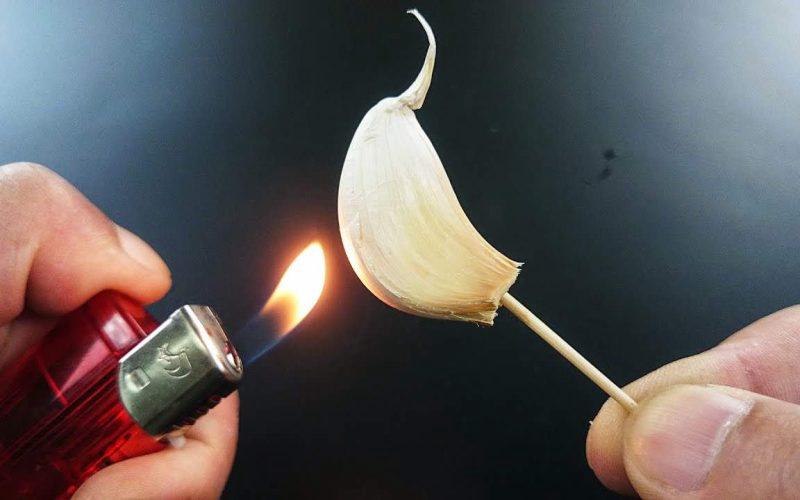

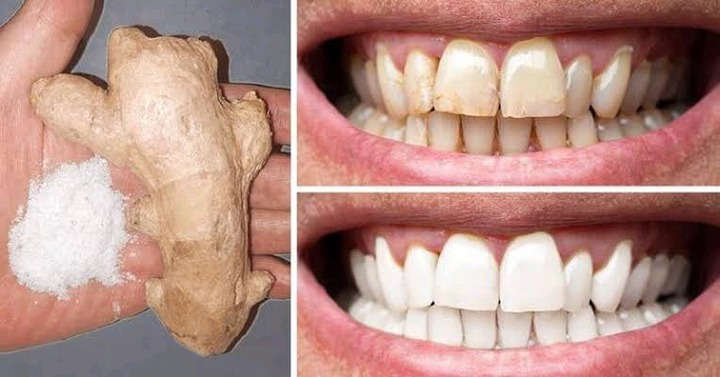

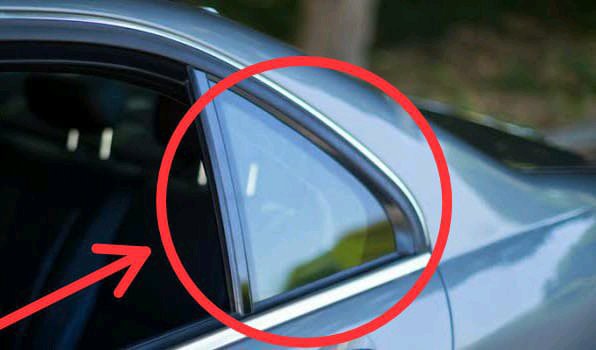

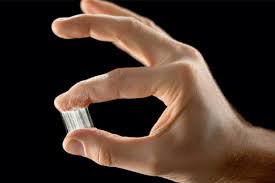
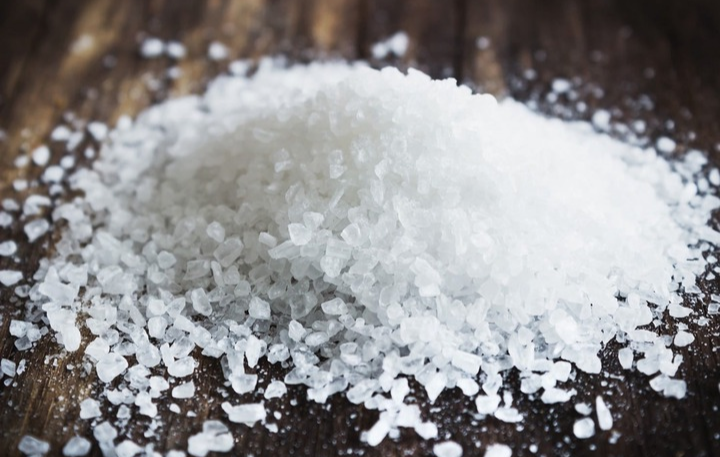
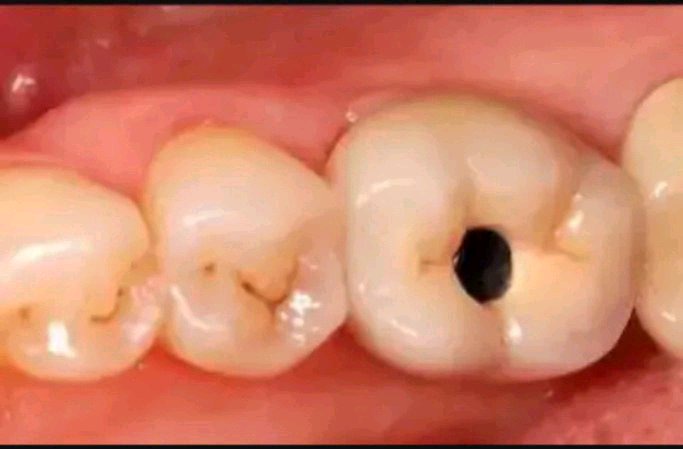
Leave a Comment